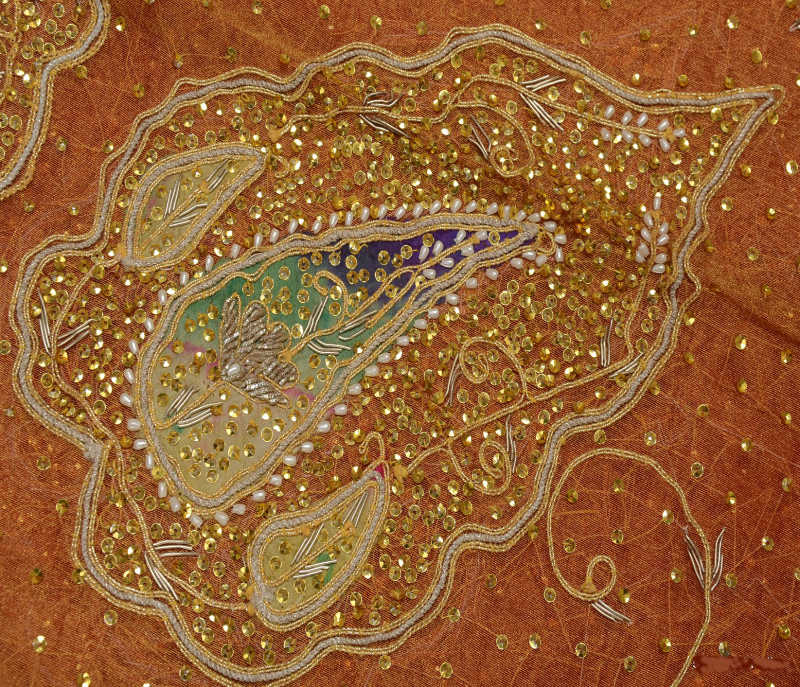===
0509,
1
===

=== |
 |
FWP:
SETS
MOTIFS == LIVER
NAMES
TERMS == DOUBLE-GHAZAL; PEN-NAMEThese two ghazals, {508} and {509}, that are identified by SRF as a 'double-ghazal' [do-ġhazlah], What does it take to make a 'double-ghazal'? Certainly the two ghazals in question must be formally identical (in meter, rhyme, and refrain); but this alone doesn't necessarily suffice. In every double-ghazal set that I know of, the two ghazals also appear together sequentially in the poet's divan, so that they seem to have been deliberately linked. Other 'double-ghazal' sets that are represented in SSA: {377} and {378}.
In the present case the two ghazals share another feature as well: both of them have the poet's pen-name in the penultimate verse, rather than the last one. This too suggests a deliberate linkage.